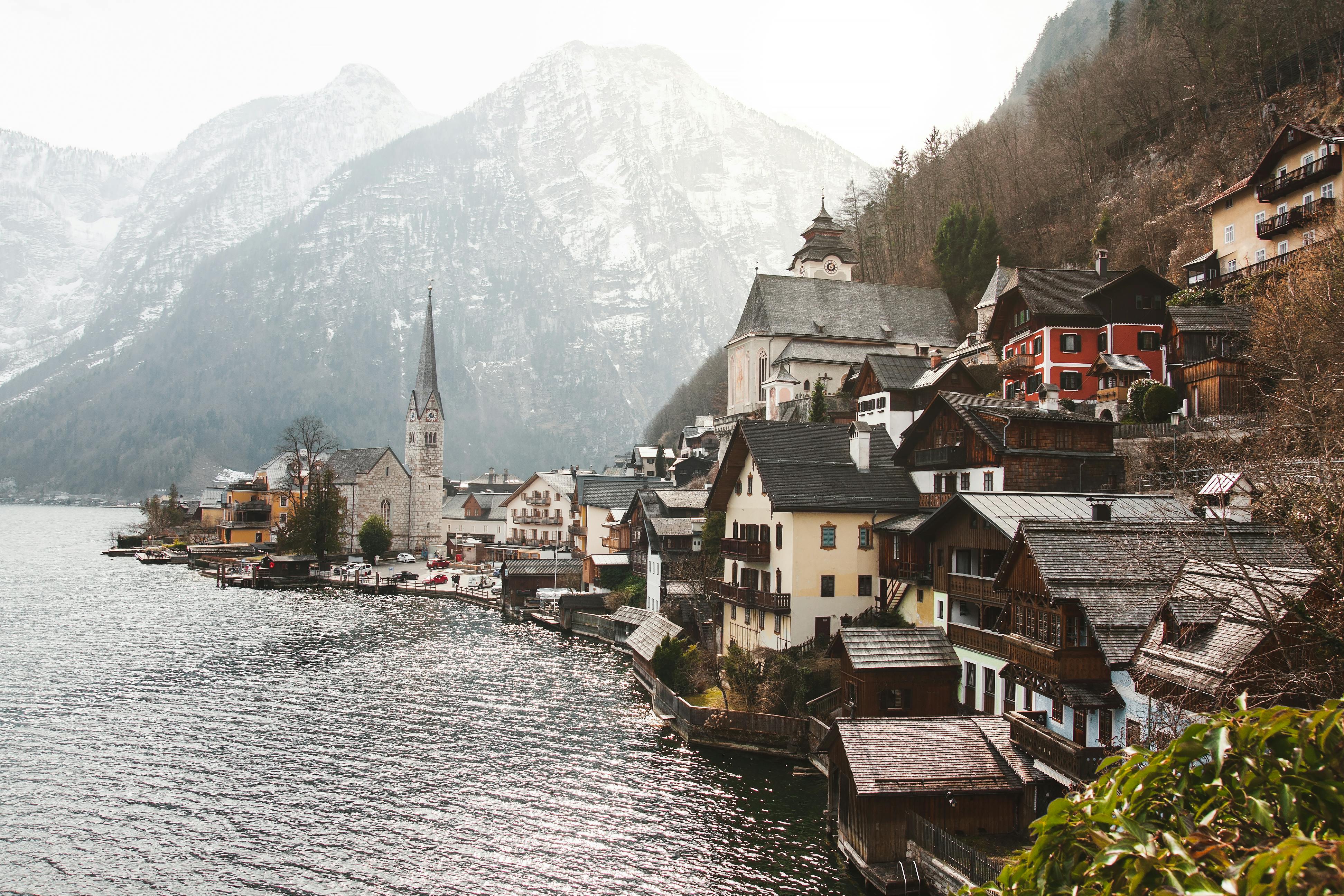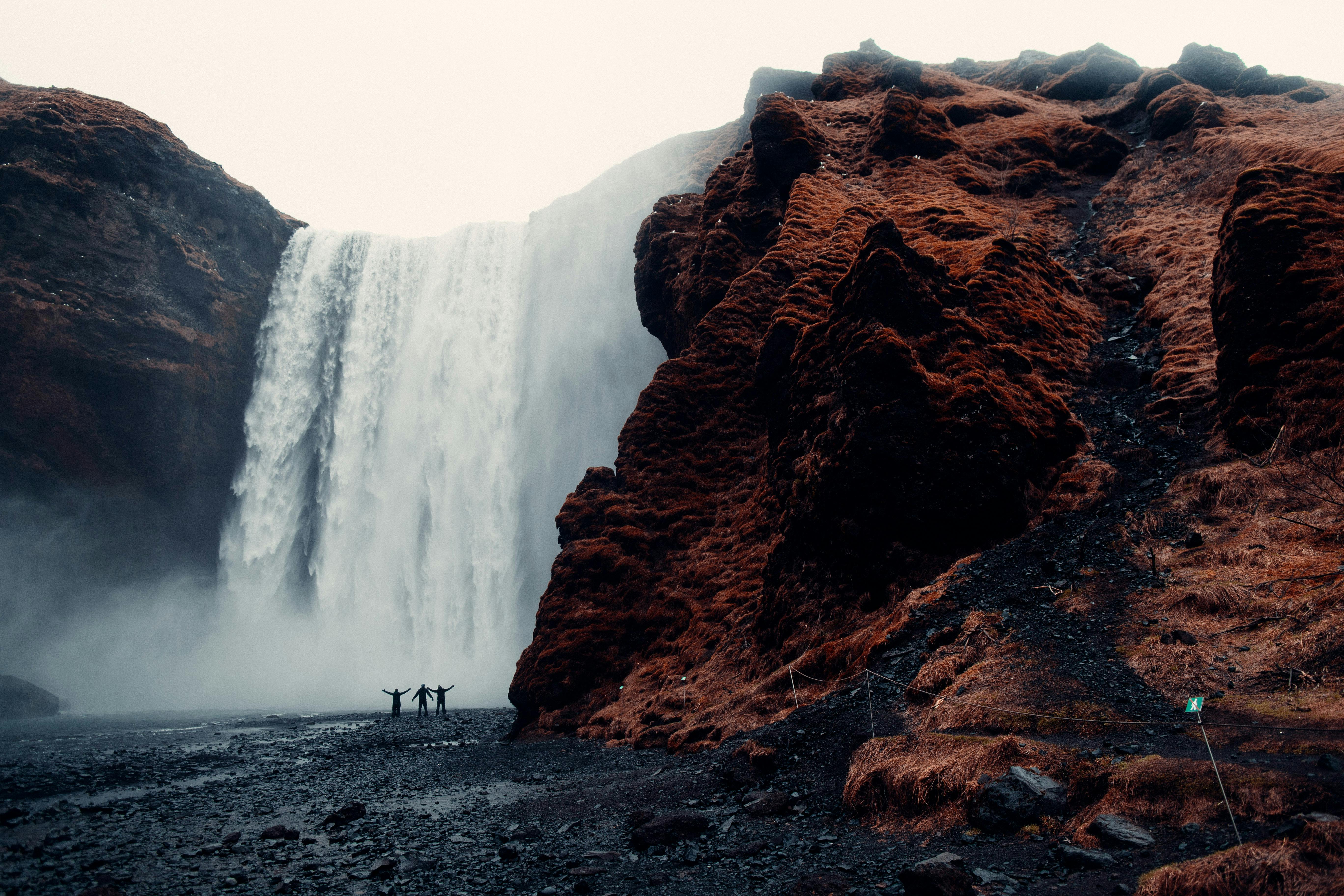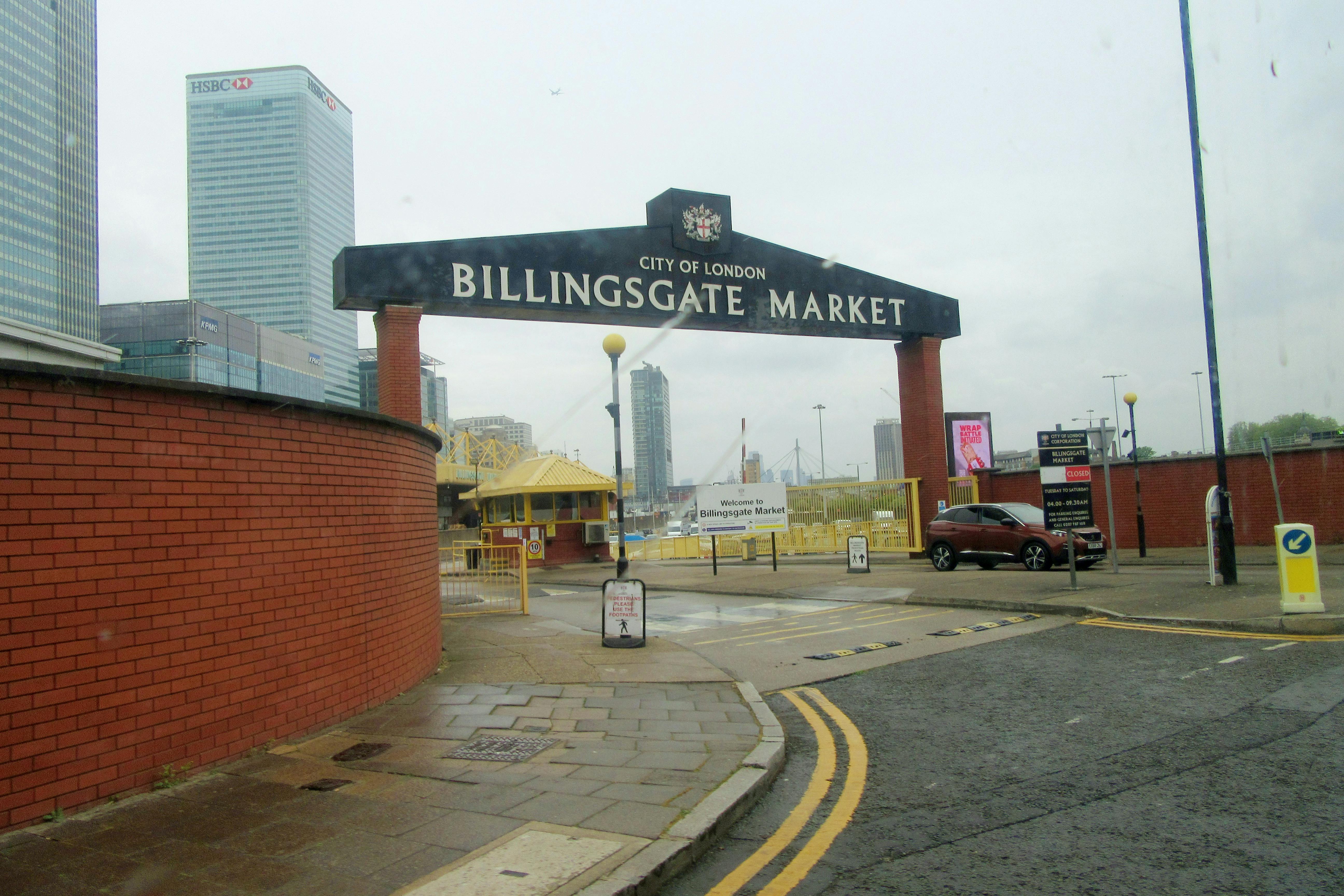Rajasthan: A Glorious History of the Land of Kings

Image Source: Pexels
Rajasthan, the largest state in India, is known for its **rich history, grand forts, brave warriors, and vibrant culture**. It has been the land of the **Rajputs, Mughals, and Marathas**, witnessing numerous battles and political changes.
This article explores the **history of Rajasthan**, covering:
- Ancient Rajasthan and early civilizations
- The rise of Rajput dynasties
- Mughal rule in Rajasthan
- British influence and independence
- Modern-day Rajasthan and its heritage
1. Ancient Rajasthan: The Beginning

Image Source: Unsplash
The history of Rajasthan dates back to the **Indus Valley Civilization (3300–1300 BCE)**. Excavations at sites like **Kalibangan** and **Bairat** reveal that Rajasthan was home to one of the world’s earliest civilizations.
Key Highlights of Ancient Rajasthan:
- **Kalibangan:** A major Indus Valley Civilization site with evidence of agriculture.
- **Bairat:** Mentioned in Buddhist texts and known for its Mauryan influence.
- **Matsya Kingdom:** Part of the Mahabharata era, ruling parts of Rajasthan.
2. Rise of Rajput Dynasties (6th–15th Century)

Image Source: Pexels
Rajasthan became famous for its **Rajput kings**, who established strong kingdoms like **Mewar, Marwar, and Jaipur**. The Rajputs were known for their **valor, chivalry, and resistance against invaders**.
Major Rajput Kingdoms:
- **Mewar (Chittorgarh & Udaipur):** Ruled by the Sisodia dynasty, including **Maharana Pratap**.
- **Marwar (Jodhpur):** Ruled by the Rathores, known for their battles with the Mughals.
- **Amber (Jaipur):** The Kachwaha Rajputs ruled this region.
Famous Rajput Battles:
- **Battle of Haldighati (1576):** Fought between Maharana Pratap and Akbar’s forces.
- **Siege of Chittorgarh (1568):** One of the most tragic battles, where Rajput women committed Jauhar.
3. Mughal Rule and Rajput Alliances (16th–18th Century)

Image Source: Unsplash
During the Mughal era, Rajasthan saw **political alliances and conflicts** between Rajput rulers and Mughal emperors like **Akbar, Jahangir, and Aurangzeb**.
Rajput-Mughal Relations:
- Akbar formed alliances with Rajputs through marriage and diplomacy.
- **Maharana Pratap refused to submit** to Mughal rule and fought against Akbar.
- Some Rajput rulers served in the Mughal administration.
4. British Influence and Rajasthan’s Role in Independence

Image Source: Pexels
By the 19th century, Rajasthan had multiple princely states under British influence. Rajput rulers maintained their kingdoms but had to follow British policies.
Key Events:
- **Formation of Rajputana (1817):** British controlled Rajasthan under indirect rule.
- **Rajasthan in the Revolt of 1857:** Some Rajput rulers supported the British, while others resisted.
- **Merger with India (1949):** After independence, Rajasthan was integrated into the Republic of India.
5. Modern Rajasthan: A Cultural and Historical Treasure

Image Source: Pexels
Today, Rajasthan is known for its **grand forts, palaces, festivals, and tourism**. It continues to celebrate its rich history through architecture and traditions.
Famous Forts and Palaces:
- **Amber Fort (Jaipur):** A blend of Hindu and Mughal architecture.
- **Mehrangarh Fort (Jodhpur):** One of the largest forts in India.
- **City Palace (Udaipur):** A royal residence showcasing Rajput grandeur.
Major Festivals:
- **Pushkar Fair:** One of the largest camel fairs in the world.
- **Desert Festival (Jaisalmer):** Celebrates Rajasthan’s cultural heritage.
- **Teej and Gangaur:** Traditional festivals of Rajput women.
Conclusion
Rajasthan’s history is a tale of **bravery, grandeur, and cultural richness**. From the Indus Valley Civilization to Rajput rule, Mughal influence, and British colonization, Rajasthan has played a vital role in shaping India’s history.
Have you visited Rajasthan? Share your experience in the comments below!






0 Comments: